26 ideas for squeezing the absolute most out of your app's product launch
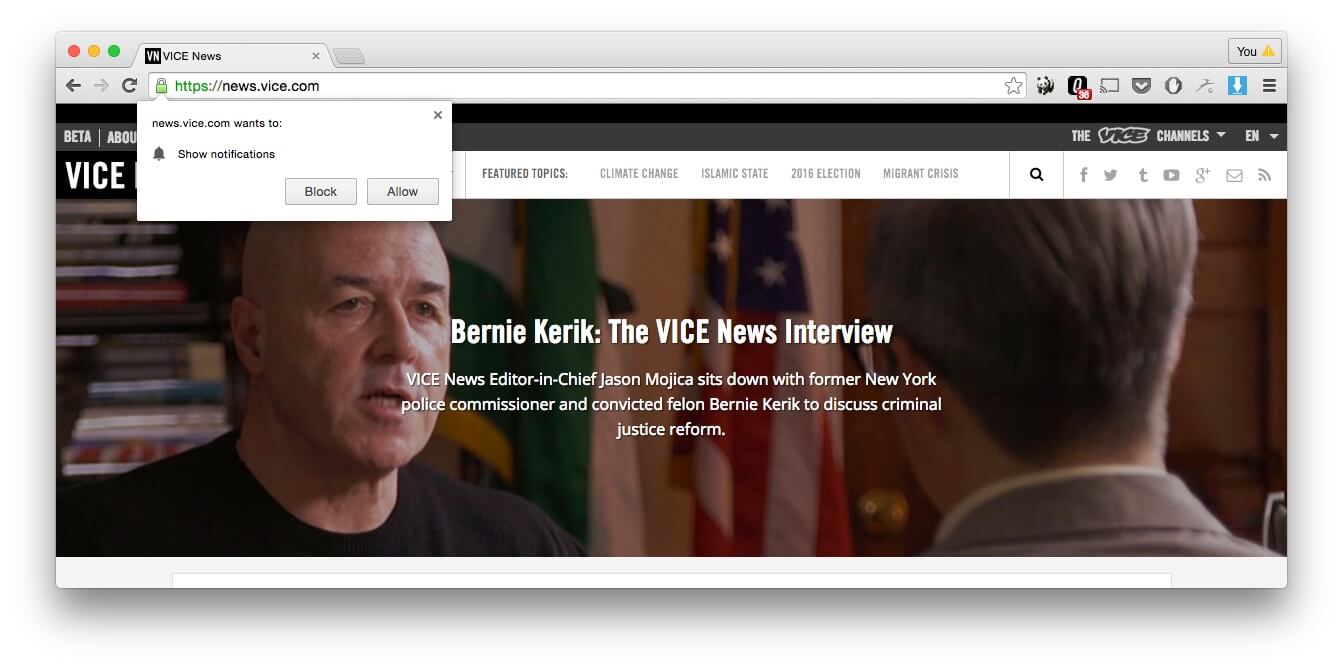
.png)

.png)
When it’s time to launch a new feature, you know that you have to do 3 things.
These are essential things you have to do to get the word out about your new feature and to get users engaged with it—but if you’re only doing these 3 things, you’re missing a massive opportunity.

With just a few inputs, you'll get a fully customized plan for what to do for your next product launch
TRY IT OUT
Actually building the new feature is 80% of the work, but the last 20% of the work is where you get the value by making sure that people know about it.
Here are 26 ways to make sure that you get the most out of your new feature and turn each new feature launch into an opportunity to drive feature adoption, new user acquisition and growth for your company.
Discovery is all about driving adoption from current users by making sure they find out about the new feature. These are all ideas for ways to make people aware of your new feature while they’re using your site or app.
When you build browser extensions and plugins, don’t put them on your integrations page and pray that users discover them. Up user engagement by detecting yours users’ web browsers and immediately directing them to the right extension or plugin.
For example, if you visit Vice News using Google Chrome, the site detects that you’re using Chrome asks you to enable Chrome notifications. Allow them, and Chrome will be able to send you push notifications across all the devices on which you use Chrome, including desktop and mobile. That’s super powerful and drives insane stickiness.
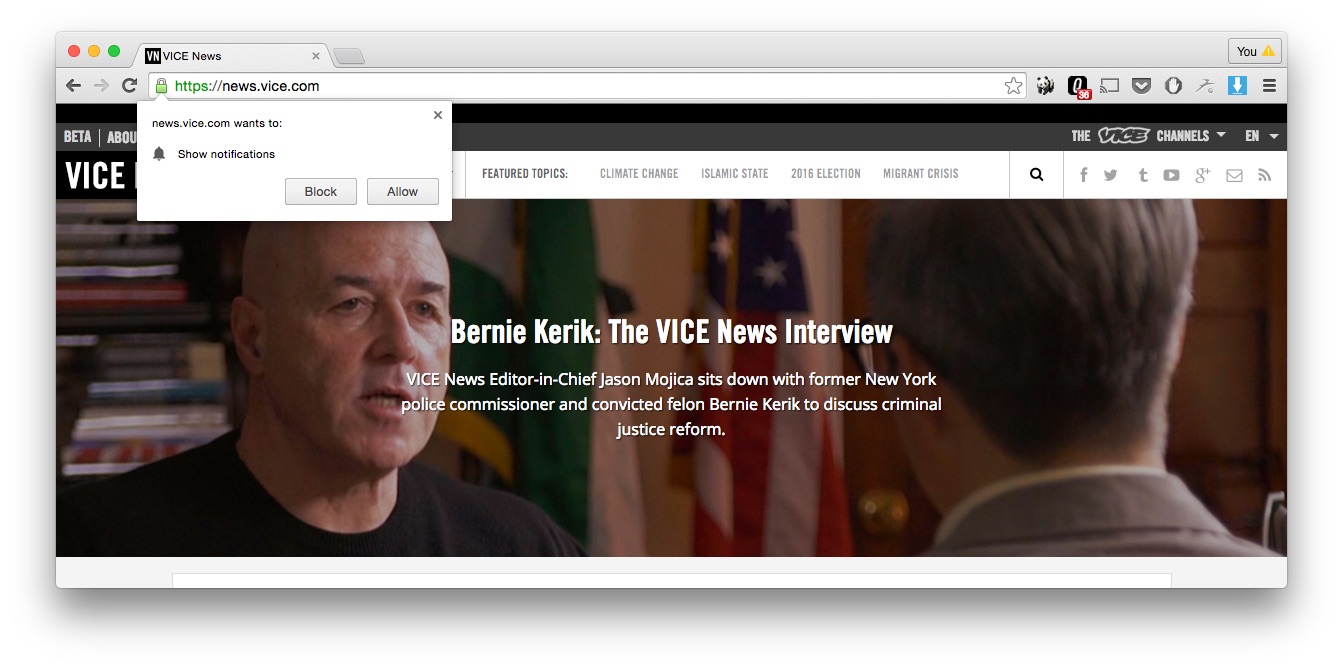
It’s happening—you’re finally releasing that mobile app that will take your growth to the next level. You just need to get users onboard. You could email them, but who knows if they’ll even open the message? Odds are they’ll see it pop into their inbox next to 50 other important messages, think, “Oh, that sounds cool,” and promptly forget about it.
Here’s a better idea. As soon as someone visits your site on, say, their iPhone, your site can detect that, notify them of your new iOS app and link to where they can download it. It’s a guaranteed way to get them to the mobile app right when it can deliver clear, immediate value. Check out how Yelp does it.

Put a place in your dashboard that notifies users of new features and makes it easy for them to view a log of recent updates. Don’t be afraid to feature this prominently and make it a central part of the user experience. Otherwise, if you store it off to the side, it’s like you don’t have the tab at all, because users will never find it.
Trello makes new feature updates fun. When there’s an update, its mascot Taco the dog pops up, announcing “New stuff!” Notice how it’s featured as prominently as the user notifications bell in the top-right hand corner.
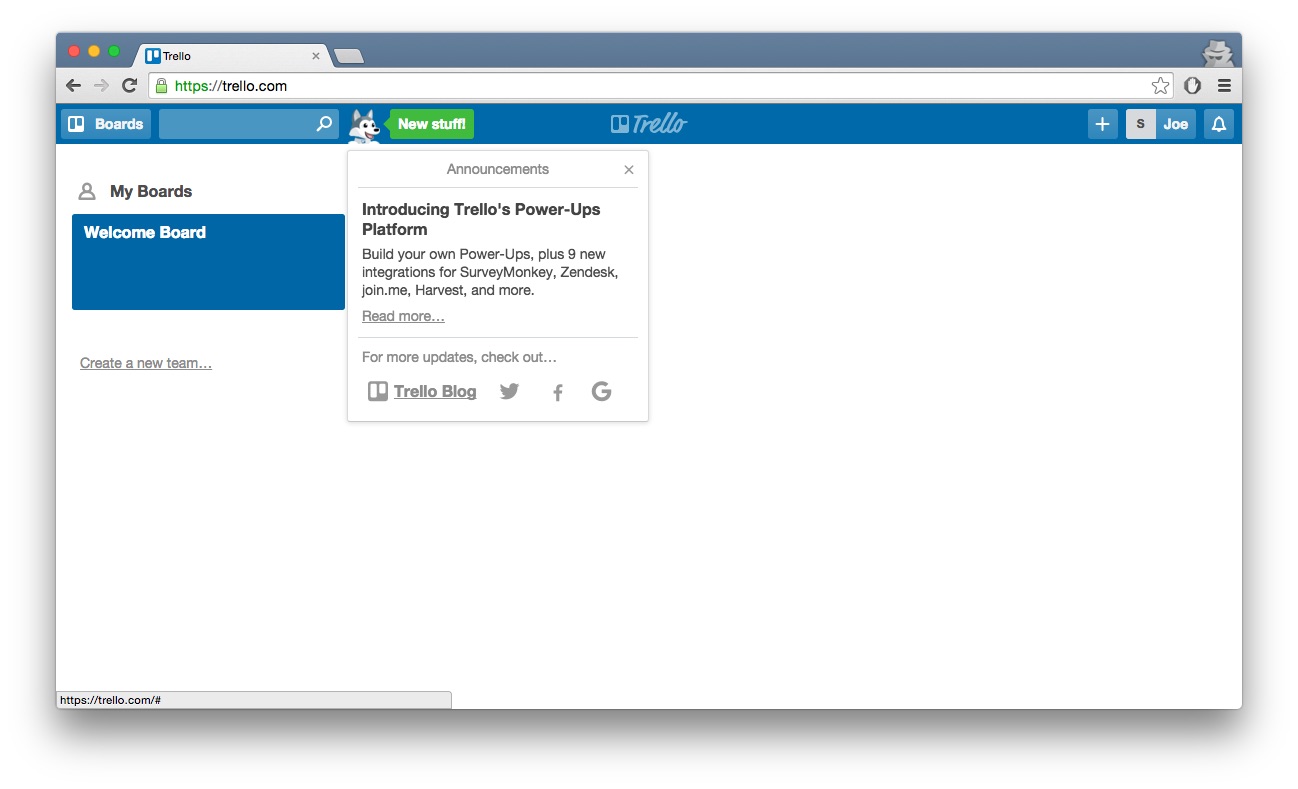
When you announce your new feature on Product Hunt, TechCrunch, and The Next Web, you should link to a standalone page for your new feature, not your blog post announcing the feature.
There’s one absolutely critical reason for this: your feature page is designed to convert visitors into users, while your blog post is designed to convert readers into subscribers.
Auth0 shows how stark this contrast can be. Its standalone page for its WordPress Single Sign On feature has a prominent call-to-action, a visually engaging and appealing design, and benefit-driven language on why you should sign up.
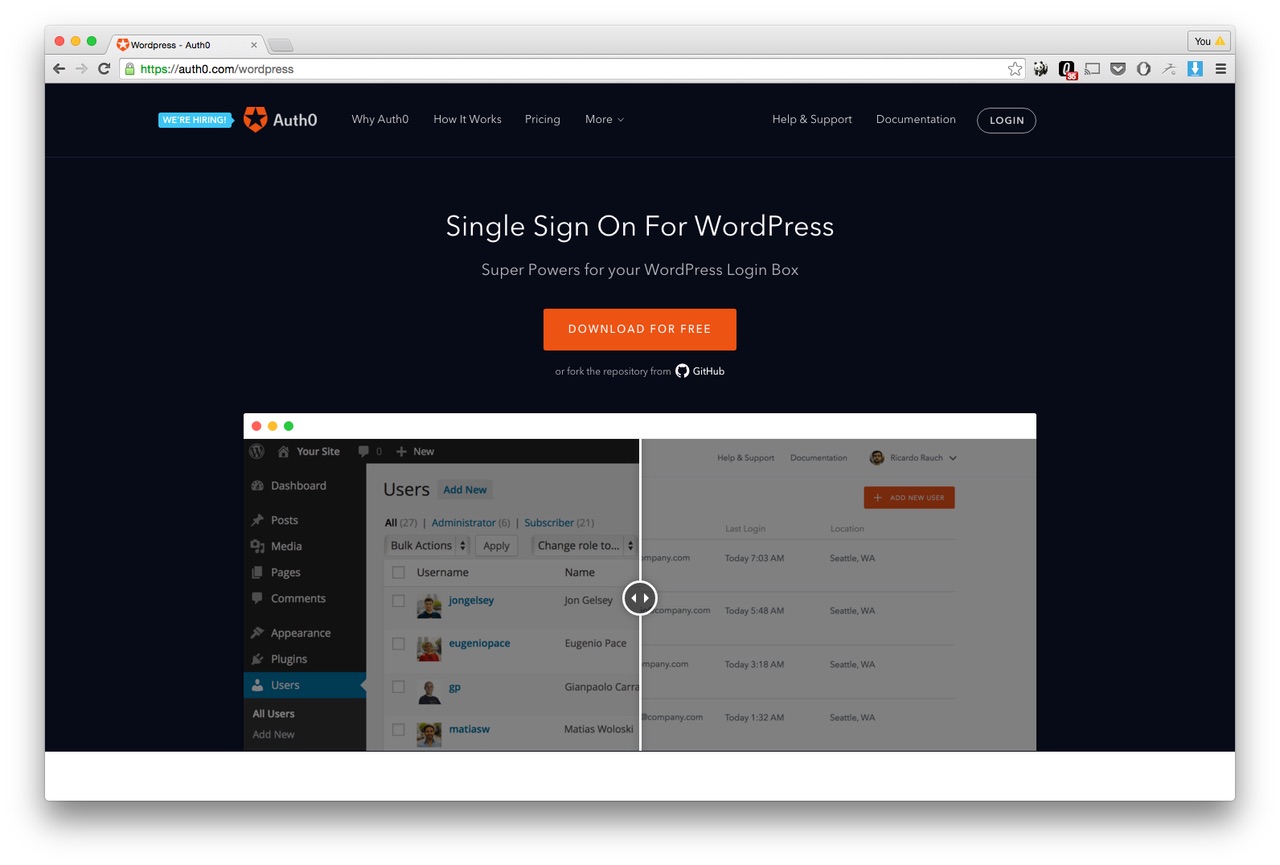
The blog post announcement, on the other hand, has a call-to-action to share the blog post, a design confined by the blog post template, and descriptive language on why they built the feature.

Hotspots and tooltips direct users to new features while they use the app, which far increases the likelihood that they’ll actually try it out. While emails can get ignored or lost, and require an extra step to move over to the app to try them out, hotspots and tooltips integrate the product launch much more deeply into the user experience.
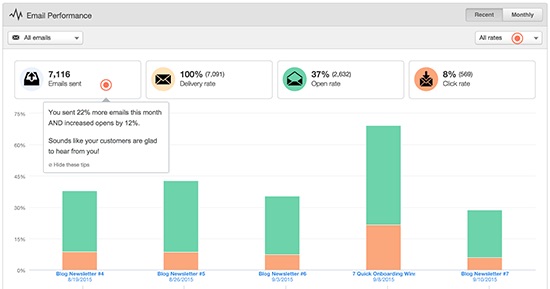
Appcues lets you just drop in a Javascript snippet so that your designers or marketers can add this without bothering your developer team. Otherwise, jQuery plugins like jQuery Hotspot require a developer to add each hotspot with code.
One of the biggest ways to get your customer’s attention on a new feature is by raising your prices or offering it as an upgrade to a higher-priced tier. You’re telling your user that the feature is a critical component to the value delivered by the product.
In addition, by putting the new feature on your pricing page in the feature matrix, you’re ensuring that new customers know about the feature.
The pricing experts at Price Intelligently advise to “never underestimate the power of features on upgrades.” You should change your pricing at least every six months to incorporate product changes. That will get new features in front of customers again and drive upgrades and MRR growth.
In addition to making your feature discoverable, you also need to be proactive in talking with your customer about the new feature. The catch is that if you email your customers in a spammy way, or even in an undifferentiated way, no one will pay attention. These unconventional ways of reaching out to your customers will get them excited and amped about that new feature.
You’re often inspired to build features by the people who write in to request a feature. When you actually build a feature, reach back out them to tell them you built it.
Send your personal reach out email before the email to your entire customer base is sent, to make them feel special. Let them know that they inspired you to build it. That personal touch will dramatically increase the likelihood that they’ll try out the feature.
At StatusPage.io, they track customer feature requests in a Google spreadsheet. When a user makes a request, they log it in the spreadsheet and get on the phone to chat with the customer as appropriate.

When the feature is built, they reach back out the customer to tell them about the feature. Often, that will be part of a short sales process in which they get the customer to upgrade to a higher tier plan that includes the new feature. They used this method to grow their annual recurring revenue from $0 to $2.49M and it drove upgrades which increased their average revenue per customer by 2.4x.
If you’re working on v2 of a feature in your app, pull users that are heavily using v1 of that feature and reach out to them.
Suppose you have a music app and you’re launching v2 of your “song favoriting” feature. Users who only favorite songs occasionally or even once or twice a week aren’t invested enough in the feature to offer great feedback and to promote updates to the feature.

Use a metrics service like Amplitude to download a list of users who use the feature at least 4 days per week or more. These are passionate users who really care about the feature.
Now that you have your list, you’ll want them using v2 before you launch it to get feedback. Get them invested in the product launch by reaching out personally, giving them early access, gathering feedback from them, and keeping them in the loop on changes you make per their feedback.
When it comes time for the official product launch, you’ll have a group of passionate users at the ready to help get the word out far and wide.
Never email your entire list with the same new feature announcement, unless you have a very small, homogenous list. Otherwise, you’ll need to segment it.
“Nearly every startup does this. They send out an email after months of silence, assuming I remember their product. I don’t. Reintroduce me!”

One of the most important ways to segment your email list is by recency of activity. That’s because your list has people who signed up yesterday and people who signed up 2 years ago. For the former, you’re fresh in their mind and they know 100% what you’re about. The latter group probably doesn’t remember you at all and your message will flop unless you reintroduce your value prop.

Tools like Customer.io make it very easy to incorporate your app usage data into your segmenting logic for your new feature announcements. Otherwise, for an email newsletter-oriented tool like MailChimp, you’ll need to get your developer to segment your customer list into groups based on in-app data and export that as a CSV that can be imported into MailChimp.
Your users don’t care about your new feature—they care about the use cases that your new feature can help handle. That’s why you need to segment your users by persona to make sure that each gets the right benefits-driven language.
When users initially sign up to use your service, have them self-select their user persona.

Later, when it’s time to tell them about the new feature update, write a tailored message to each persona and use your segmenting to deliver that personalized message. You’ll be able to deliver a far more specific message that speaks to each persona’s use case, and that will drive adoption to your new feature.
Your investor and advisor update email list probably has no more than 20 people on it, but that small group of people can often have massive reach.
“Loving the new @aboutdotme. Thanks @tonysphere! Get early access here: https://about.me/?invite=sacca”
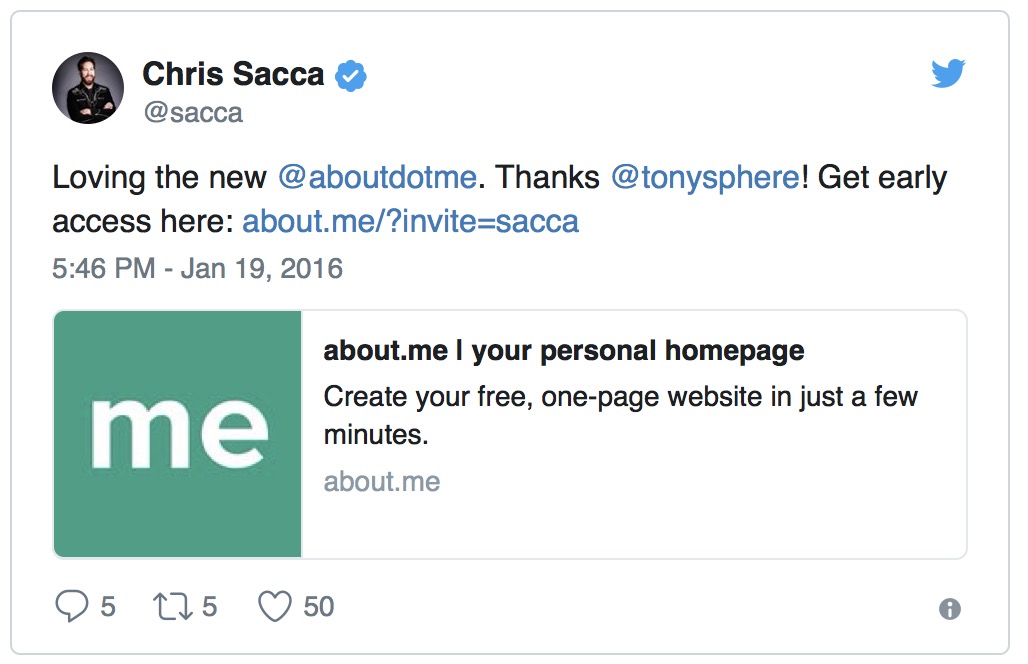
When you launch a new feature, always email your investor update list and ask them to share it with their followers on social media. You’ll see two important benefits:
Before help desk startup Groove hit 50,000 email subscribers and $200,000 in monthly recurring revenue, they started from 0 like the rest of us.
One critical strategy they used to get their first 1,000 email subscribers for their blog was to build an influencer list. They reached out personally to influencers in SaaS—their target audience—who would personally be able to get value out of their contact.
Before they posted every new article, they emailed their influencer list with early access, a personal message describing the article’s value, and a call-to-action to share the piece.

Regardless of whether you’re launching a new blog post or a new feature, this is a powerful messaging strategy. Groove’s influencer list drove distribution from supernodes and covered the Groove blog in a golden halo, as it gave the feeling that everyone who mattered in SaaS was talking about Groove.
Product launch emails get filtered to users’ promotions folder or to spam and some of them haven’t logged in recently to see in-app notifications.
But your users are logging into Facebook every day.
Run a retargeting campaign with Facebook ads to notify them about your new feature. Use Custom Audiences in Facebook ads to target those users who haven’t visited your site recently. AdEspresso is an app that will manage your campaigns and test different ads against each other to find the highest performing.
A feature launch is not only a great time to re-engage existing users, it’s a powerful way to drive new customer acquisition. People are more excited to use a product that’s constantly growing and improving whether it’s to try you for the first time or to give you a second look. These strategies tap into that and use your new features to convert new customers.
When you launch a new product integration, get the product you’re integrating with to announce to their email list as well.
Dan Shipper, co-founder of Firefly, built a 6-figure business in college through partnerships. Firefly helps customer support teams by making screen sharing and co-browsing easy, so it teamed up with website live chat tool Olark.
Because Firefly’s integration added value to Olark’s feature set by allowing Olark customers to start co-browsing easily from within the platform, Olark rolled out the feature to all 5,000 of its paying customers. Firefly was a much smaller business than Olark, and that co-marketing effort gave it a massive uptick in revenue.
Video is the best way to show off your company’s personality while announcing a new feature. Instead of doing the same sterile product launch as everyone else, add some flavor, emotion, and fun.
For instance, take this video that video hosting startup Wistia put out to promote its new enterprise plan. Going enterprise is a time when many companies would have gone the conservative route and released something boring, like a press release no one really reads. But Wistia wanted to make a splash and showcase its playful, fun-loving culture.

You can also take a video in so many different directions. You could just announce the new feature and say what it does. But you could also tell users what pain points the new feature addresses, or even incorporate screen grabs of the new feature in action and show how it will add value.
Product Hunt can send a ton of people to your app outside of your current ecosystem. Here are some basic tips for running a new product launch on Product Hunt:
Nearly every social news site has a protocol for launching new products to the community.
The key to succeeding is to understand the community deeply and speak to your people as a member of that same community. If you’re an outsider trying to make a quick buck, you’ll get downvoted into oblivion. But people love genuine, authentic product launches that are highly tailored to the specific community, and that can drive massive uptake.
iDoneThis, a daily standup tool for remote teams, launched on Hacker News and that got them their first 5,000 users.They studied Hacker News product launches before posting and found that the successful ones prepended “Show HN” to the title, linked to the standalone product page rather than doing a self-post, wrote the first comment explaining to the community what the project was about, and finally, engaged with every commenter on the thread.
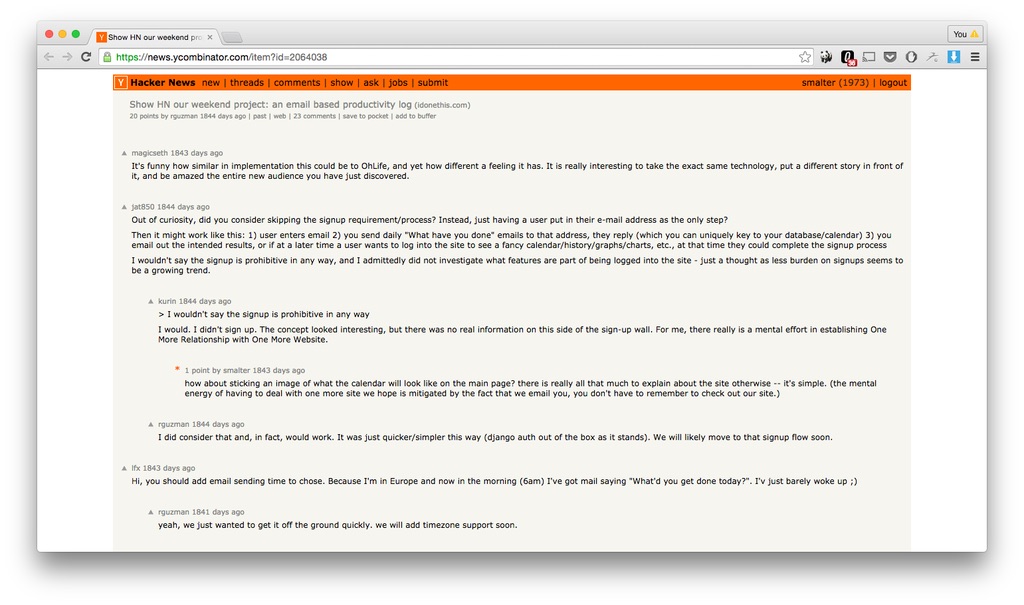
Too many companies write a single blog post about their product launch and declare their marketing efforts complete.
Take the opposite approach—get as many blog posts out of a single product launch as you possibly can. Each blog post is a marketing opportunity to bring new customers into your product.
If you overcame a significant technical challenge in building your new feature, write a technical blog post and put it on Hacker News. If there were interesting usability issues you encountered and solved, pull back the curtain on the process, write a blog post about it, and put it on Designer News.
Each time you do this, you relaunch the product to a new audience who will read the post and then click through to sign up.
Once you’ve launched your new feature, write a “transparency” article about what worked and what didn’t. Sharing your learnings delivers great value to the entrepreneurial ecosystem, and these posts often do well. Don’t hold back—the more nitty gritty, the better.
Social media sharing app Buffer has turned this little tactic into one of the engines that drive its customer acquisition and growth process. They have an entire blog dedicated to sharing the inner workings of their company, Buffer Open.
Medium is a publishing juggernaut. It’s been the home to some of the Internet’s most popular and powerful content of the last few years. A diverse range of influencers tap into the site’s huge, built-in audience.
Get in on the fun! You’ll already be writing a blog post announcing your new feature, so go ahead and throw it on Medium while you’re at it. Slack, for example, has used the platform to promote new features like its Google Docs integration.
Think of Medium as another arrow in your distribution quiver—it’ll get even more eyes on that slick new feature.
Users today don’t just want you to use social media to keep them up to date on your product—they expect it. Facebook, Twitter, Instagram—there are options galore, and you need to take advantage when you’re promoting a new feature.
But don’t just post about that new feature the day it launches and leave it at that. Get people amped up before the big day. Tell your followers there’s HUGE NEWS on the way—maybe even start a countdown. Then, after the launch, keep plugging it with new posts. Make sure no one misses out.
Edgar is the perfect tool for building post-launch social media hype. The service lets you sort social media posts into categories, and then periodically recycles them based on the schedule you set. Create a “product launch” category and have it repost your new product announcement as often as you want.
Free stuff gets people excited. You can apply that knowledge to your next product launch.
Lots of companies already have. Nike Golf, for instance, hyped the release of its limited edition line of Masters-inspired golf balls with a Facebook giveaway. Winners received a sleeve of the new balls, and everyone else who entered got a free shipping code as consolation. The buzz was huge and revenue from the campaign was six times what Nike invested.
Tap into the power of the giveaway for your next product launch. Just do it.
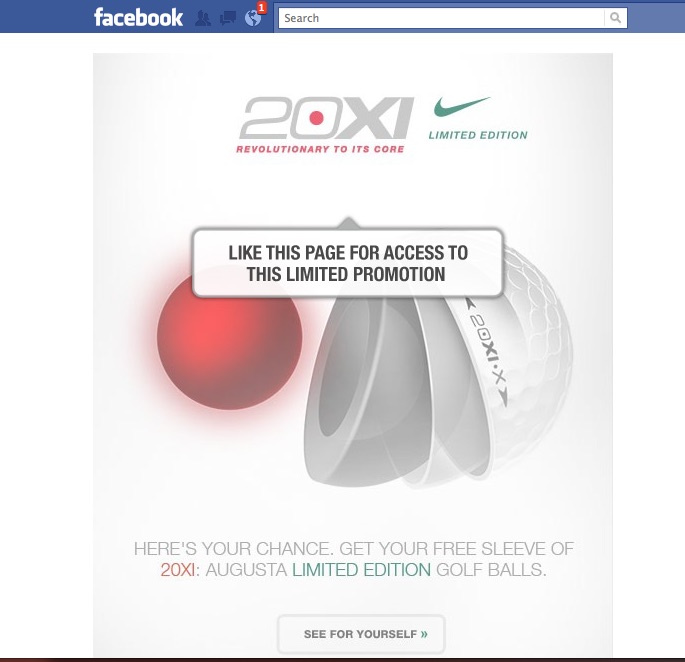
When the now-popular dating app Hinge was nearly dead in the water, what did it do to promote the new product launch it was relying on to save the day? Spend the last of its cash on a giant party, of course. Since then, Hinge has expanded to more than 35 cities and made millions of matches.

Sounds crazy, but it makes perfect sense for a social app that needs to be hip and cool. Think about the feelings you associate with a big party—excitement, anticipation, fun—that’s exactly how you want people to feel about your app’s new feature. Plus, users will be more engaged with your app when they see that the people they socialize with are excited about it.
Go ahead and throw that rager like mom and dad aren’t home.
Want help planning the perfect product launch? Try our new Product Launch Planner tool for free!